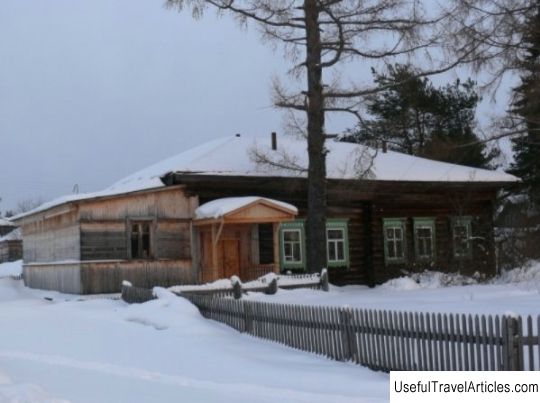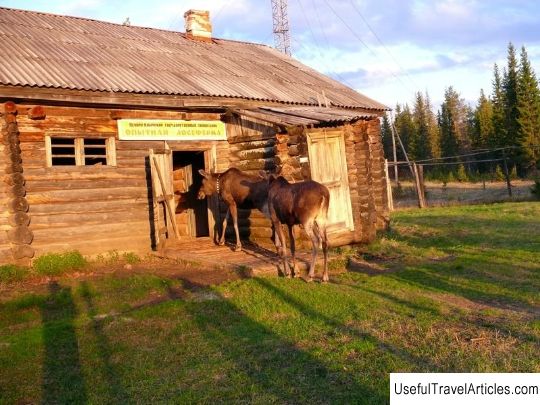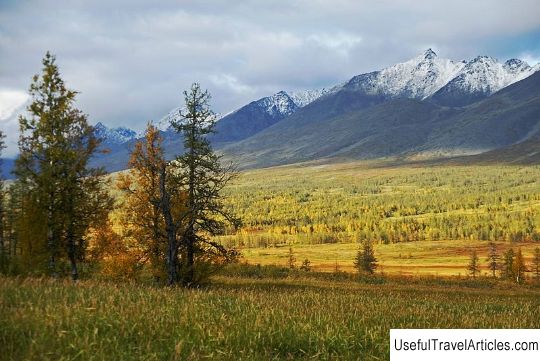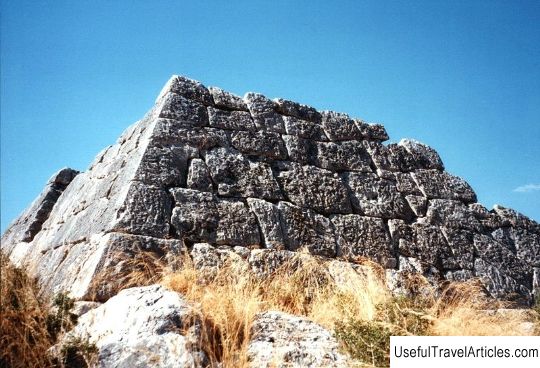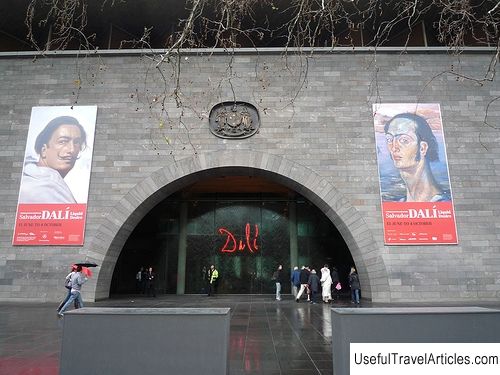Pechora-Ilychsky nature reserve description and photos - Russia - North-West: Komi Republic
Rating: 8,4/10 (5840 votes) 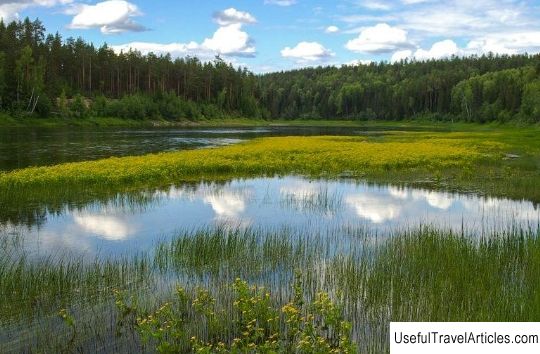
Pechora-Ilychsky nature reserve description and photos - Russia - North-West: Komi Republic. Detailed information about the attraction. Description, photos and a map showing the nearest significant objects. Photo and descriptionThe Pechora-Ilych State Nature Reserve is located on the western slope of the Ural Mountains in the Komi Republic. It is one of the oldest natural reserves in Russia. From the east, the nature reserve is limited by the Belt Stone ridge, from the north, south, west - by the Ilych and Pechora rivers. Now the reserve is one of the five largest Russian reserves. On the territory of the Pechora-Ilychsky reserve there are: Torreporreiz mountain, Manpupuner ridge, virgin forests belonging to the world natural heritage sites. In the upper reaches of the Pechora River, one of the northernmost human settlements of the Upper Paleolithic period was found, as well as an ancient sanctuary of the Mansi people. The total area of the reserve is 721.300 thousand hectares, the area of the buffer zone is 521.047 thousand hectares. The entire protected area is divided into two sections: Uralsky and Yakshinsky. The Yakshinsky site is a huge valley, the absolute height of which is no more than 175 m above sea level. Big (High) Parma on the territory of the reserve has a height of 437 m. In the east of the reserve there is a higher ridge of ridges: the Shezhimiz, Lyaga-Chugra, Manzeyskie Bolvany, Tumbik massifs. Mount Shezhimiz is the highest peak of Greater Parma (its height is 857 m). The mountainous region includes 4 systems of meridional ridges of the Northern Urals. Root Belt Stone (eastern ridge) stretches along the eastern border of the reserve. A little to the west is the Ilych Belt Stone. To the north of the Ydzhid-Lyaga river, there are individual peaks reaching an altitude of 700-800 m: Atertump, Neilentump, Hurumpataly, etc. A protected area, located in the contact zone of the Siberian and European flora is distinguished by the uniqueness of its floristic composition. More than half of the species of vascular plants, lichens and mosses growing here are protected. The Red Data Books include: bulbous calypso, real lady's slipper, Traunstein's anemone Permian toenail and others. More than 20 varieties of lichens and mosses are recognized as endangered. The king of the flora of these places is the cedar. The Pechora-Ilychsky Reserve was established in 1930. This area was not chosen for these purposes by chance. Here are the sources of rivers belonging to four basins: Volga, Pechora, Ob, Northern Dvina. At this point, the border of large natural areas passes - the subzones of the northern and middle taiga, where Asian and European species coexist. At first, the area of the reserve was 1,135,000 hectares. It occupied the entire interfluve of the Pechora and Ilych rivers. The reserve was created to preserve important hunting objects of the fauna of the Upper Pechora basin and the Northern Urals, to preserve forests in the catchment area of the Ilych and Pechora rivers. In 1951, the Pechora-Ilychsky reserve was reduced by almost 10 times and divided into two sections: one was located in the flat part, the other - in the foothills. As a result, the entire area between the Ilych and Pechora rivers with valuable pine forests, as well as the mountainous part with rare tundra complexes, turned out to be unprotected. In this regard, the pine interfluve was intensively developed - they began to cut down the pine forests. The reserve acquired its modern borders in 1959. In 1973, a protective zone was established along Ilych and Pechora, the main territory of the reserve has become completely closed from outside visits. The salmon spawning grounds were taken under protection. In 1978-1979 the protected area was reforested with the organization of 5 forestries. In 1985, the reserve was included in the international network of biosphere reserves, which represent the world's main natural ecosystems. In 1995, the state reserve and national park `` Yugyd-Va '' was included in the list of world natural and cultural heritage. The main tasks of the reserve: preservation of protected natural complexes in their natural state; scientific research; education of the population in the field of ecology, assistance in training specialists and scientific personnel; breeding, selection of elk.            We also recommend reading Cathedral of Saints Michael and Gudula (Kathedraal van Sint-Michiel en Sint-Goedele) description and photos - Belgium: Brussels Topic: Pechora-Ilychsky nature reserve description and photos - Russia - North-West: Komi Republic. |
